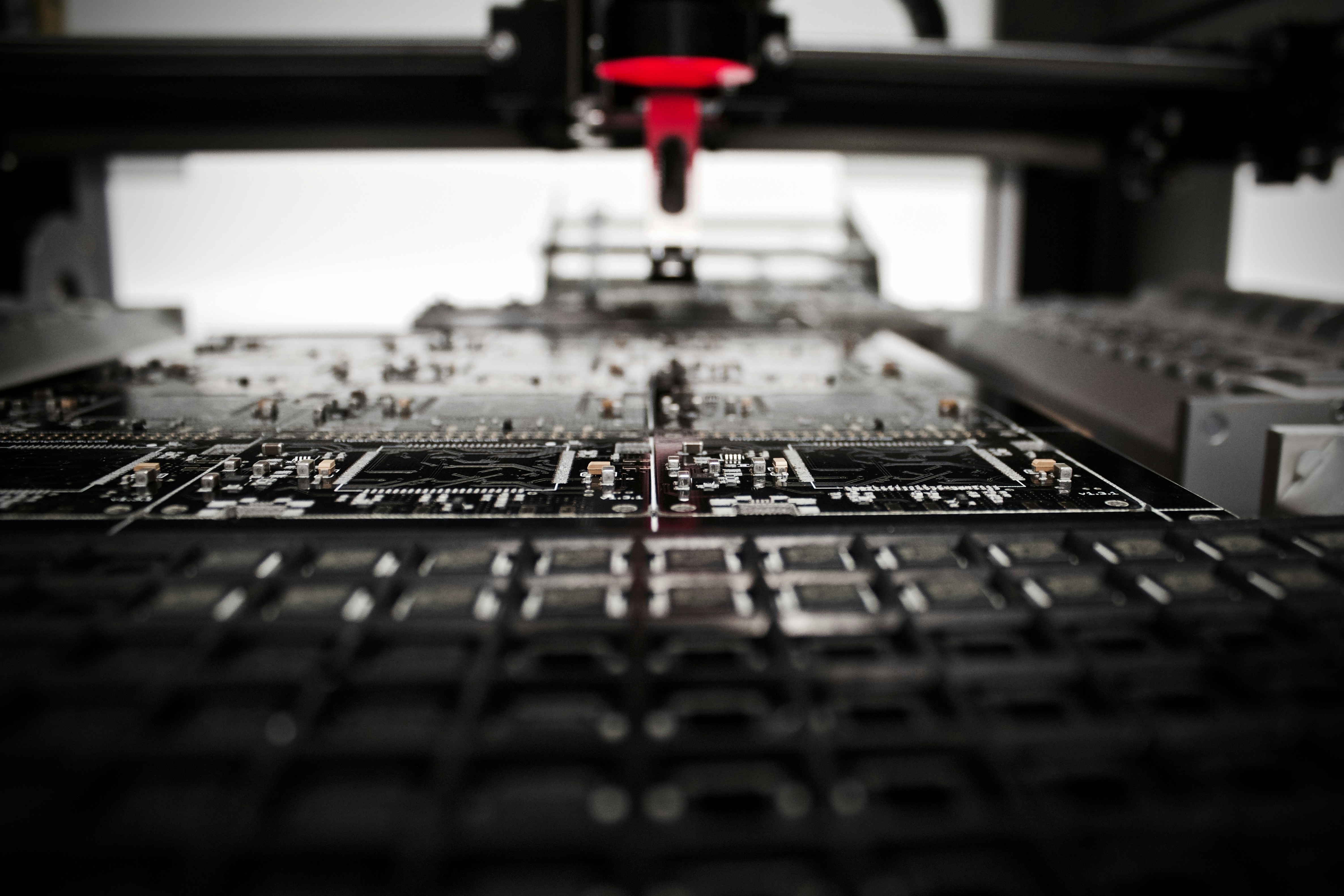Automobile Manufacturing Industry

Table of Contents
Overview of the Indian Automobile Manufacturing Industry
The Indian automobile manufacturing industry is one of the fastest-growing sectors globally and plays a crucial role in India’s industrialization. With rapid development, India has become a major automobile production and export hub, showing strong growth in small cars, two-wheelers, electric vehicles (EVs), and luxury vehicles.
1. Industry Overview
- Segments: Two-wheelers, four-wheelers, commercial vehicles, and electric vehicles.
- Market Size: Over 25 million units sold in FY 2022-2023.
- Exports: Increasing exports to Europe, America, Africa, and Asia.
2. Main Segments
2.1 Two-wheelers
India is one of the largest two-wheeler markets worldwide, dominated by companies like Hero MotoCorp, Honda, and Suzuki. Two-wheelers are vital for urban and rural transport.
2.2 Four-wheel passenger vehicles
The market focuses on small economical cars, with SUVs and crossovers gaining popularity. Major brands include Tata Motors, Maruti Suzuki, Hyundai, Honda, and Toyota.
2.3 Commercial vehicles
Includes light and heavy commercial vehicles with rising demand linked to infrastructure growth and logistics. Key players are Tata Motors, Mahindra, and Ashok Leyland.
2.4 Electric vehicles (EV)
EVs are rapidly growing due to government incentives (FAME scheme) and environmental awareness. Companies expanding EV production include Tata Motors, Maruti Suzuki, Renault, and Mahindra.
3. Industry Advantages
- Global Manufacturing Hub: India offers cost advantages with competitive labor and efficient production.
- Huge Domestic Market: Third largest automobile market globally, driven by urbanization and rising incomes.
- Strong Auto Parts Supply Chain: India is a significant global supplier of engines, transmissions, and electronic systems.
4. Challenges
- Infrastructure: Road quality, traffic management, and EV charging infrastructure need improvement.
- Environmental Regulations: Stricter emission standards (BS-VI) increase costs and R&D needs.
- EV Popularization Barriers: Limited charging stations and high battery costs.
- Supply Chain & Logistics: Low logistics efficiency and coordination challenges.
5. Future Trends
- Electric Vehicles: EVs will gain market share, supported by policy and demand.
- IoT & Connected Cars: Development of intelligent and autonomous vehicle technology.
- Shared Mobility: Growth of ride-sharing platforms like Ola and Uber influences travel behavior.
- Green Vehicles: Focus on hybrids, fuel cells, and eco-friendly technologies.
6. Major Manufacturers
| Manufacturer | Focus |
|---|---|
| Tata Motors | Passenger and commercial vehicles |
| Maruti Suzuki | Small cars and compact SUVs |
| Honda Cars India | Mid-to-high-end sedans and SUVs |
| Hyundai India | Diverse model range including SUVs |
| Renault | Affordable small cars and SUVs |
| Luxury Brands | BMW, Audi, Mercedes targeting premium |
Recommended Image Themes (English Keywords for Search)
- “India automobile manufacturing plant”
- “Indian two-wheelers on road”
- “Small cars India street”
- “Electric vehicles India”
- “Indian commercial vehicles”
- “Car manufacturing assembly line India”
- “Tata Motors factory India”
- “Maruti Suzuki cars India”
- “EV charging station India”
- “Connected cars technology India”
- “Shared mobility India Ola Uber”
Suggested Image Types
- Automobile production line — Showcasing India’s manufacturing capabilities
- Two-wheel